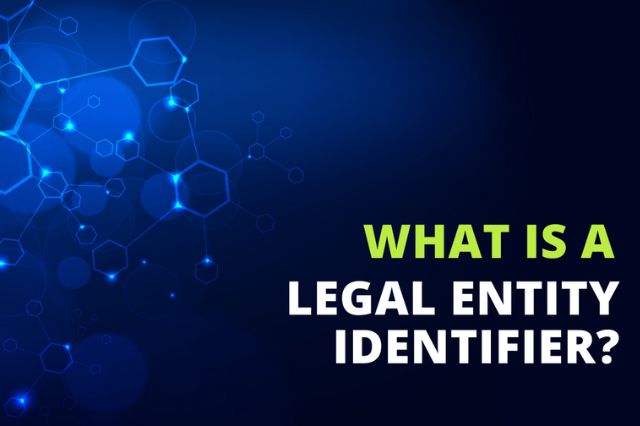The Legal Entity Identifier (LEI) has become an integral part of the business landscape, providing a unique identifier for legal entities engaging in financial transactions. Implementing the LEI requires careful planning and execution to ensure compliance and reap benefits.
This article is a comprehensive guide for businesses looking to implement the LEI successfully, covering key steps and considerations.
Understanding the LEI
Before diving into the implementation process, it’s crucial to understand what the LEI is and its significance. The LEI is a 20-character alphanumeric code uniquely identifying legal entities participating in financial transactions. It enhances transparency, mitigates risks, and streamlines regulatory compliance. Familiarise yourself with the LEI framework, its issuance process, and the role of Local Operating Units (LOUs) accredited by the Global Legal Entity Identifier Foundation (GLEIF).
Assessing Applicability
Evaluate the applicability of the LEIto your business. Determine if your organisation engages in financial transactions or operates in sectors where the LEI is mandatory or beneficial. Industries such as finance, insurance, trading, and investment are often subject to LEI requirements. Assessing the relevance of the LEI helps you understand the potential impact of its implementation on your operations, compliance obligations, and business relationships.
Identifying Legal Entities
Identify the legal entities within your organisation that require LEIs. This involves mapping your organisational structure, subsidiaries, branches, and affiliates. Determine the entities that engage in financial activities or have reporting obligations. It’s crucial to clearly understand your business’s legal hierarchy and identify the entities that must obtain LEIs.
Obtaining LEIs
Once you have identified the legal entities requiring LEIs, the next step is to obtain them. Engage with an accredited LEI issuer, also known as an LOU, to facilitate the registration process. Provide the documentation and information required for LEI issuance, including legal entity names, addresses, ownership details, and relevant identifiers. The LOU will validate the information and assign LEIs to your entities. Maintain accurate records of your LEIs and associated entity information.
Integrating LEIs into Systems and Processes
Integrate LEIs into your organisation’s systems and processes to maximise their benefits. Ensure that your internal databases, customer relationship management (CRM), and financial systems can effectively capture, store, and utilise LEI information. Update your onboarding processes to include LEI verification for new counterparties. Establish protocols to validate and update LEIs to ensure data accuracy regularly.
Compliance and Reporting
Leverage LEIs to enhance regulatory compliance and reporting. Understand the specific reporting requirements in relevant jurisdictions and industries. Many regulatory authorities mandate LEI usage for regulatory filings, transaction reporting, and market data reporting. Incorporate LEIs into your compliance processes and reporting frameworks to streamline these obligations. Regularly review regulatory updates to stay informed about any changes related to LEI requirements.
Communication and Collaboration
Communicate your LEI implementation efforts to relevant stakeholders, including business partners, customers, and financial institutions. Highlight the benefits of LEI adoption, such as improved transparency, enhanced risk management, and simplified regulatory compliance. Collaborate with counterparties to ensure they possess valid LEIs, fostering a seamless and standardised transaction approach.
Monitoring and Maintenance
Implement ongoing monitoring and maintenance processes to ensure the accuracy and validity of LEIs. Periodically review your entity data to identify any changes, such as mergers, acquisitions, or name changes, which may require updates to your LEIs. Stay informed about industry best practices, regulatory developments, and updates from the GLEIF to maintain compliance and optimise the benefits of LEIs.
Conclusion
Implementing the Legal Entity Identifier (LEI) is a strategic move for businesses operating in financial markets or regulated industries. Organisations can navigate the implementation process by following this comprehensive guide. Understanding the framework, assessing its applicability, obtaining LEIs, integrating them into systems and processes, ensuring compliance, and maintaining accurate records are key steps to leverage the benefits of the LEI and enhance transparency, risk management, and regulatory compliance in today’s business landscape.












